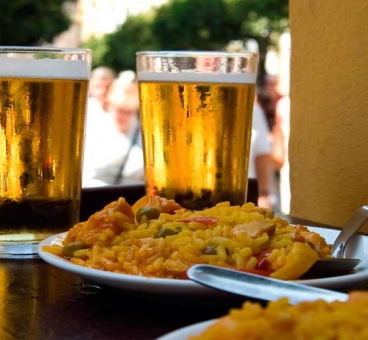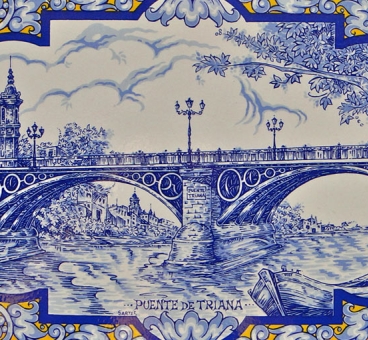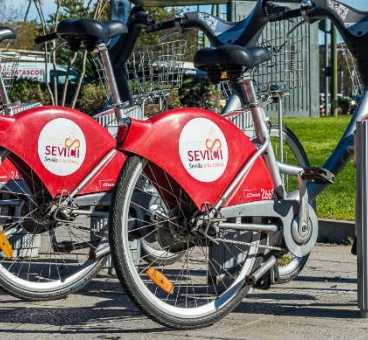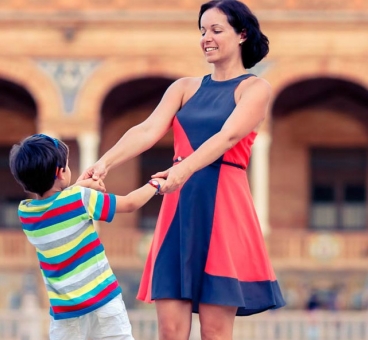The bullring of the Real Maestranza de Caballería in Seville is the oldest bullring in Spain. It is the venue for the bullfights that take place during the April Fair, one of the most famous bullfighting celebrations in the world. It is considered one of the most popular tourist attractions and is among the most visited monuments in the city. As a square it is one of the most complicated in the world due to its layout and characteristics, as well as its public, which is said to be one of the hardest and most difficult among the bullfighting fans.
In 1749, the construction of a round bullring was begun on the Baratillo mountain to replace the rectangular one located in the area. Later, in 1761, the construction was undertaken by ¨ochavas¨ (equivalent to four arches per octave). Francisco Sánchez de Aragón and Pedro y Vicente San Martín are the master builders in this first stage of construction.
The inner part of the square called the Palco del Príncipe (Prince's Box) was completed in 1765. This box consists of two sections: the gateway to the square, through which the winners go out, and the box itself, for the exclusive use of the Royal Family. Its upper part is made up of four arches, which in its upper part is covered with white and blue tiles.
The sculptural group that finishes it off is the work of the Portuguese sculptor Cayetano de Acosta. The Box was made for the Infante de España, Felipe de Borbón, son of Felipe V and Isabel de Farnesio. Due to the prohibition of bullfights by Carlos III in 1786, the works were stopped even though it was built only one third of the square. From this stage is also the old Palco de la Diputación (Provincial Council Box), later known as the Palco de Ganaderos, located above the Puerta de Toriles and in front of the Palco del Príncipe (Prince's Box). The covering of the terraces in the middle of the square was finished after 34 years, to the left and right of the Palco del Príncipe; a panoramic view of the Cathedral and the Giralda still remains open, as reflected in a large number of pictures at that time.
By 1868 the County Council's Box was in such a poor state that it was being improved, with new flooring and a marble balustrade, designed by the Italian sculptor Augusto Franchy. In addition, five balconies were built on each side of the County Council's Box, where the clock of the square is currently located. The construction of the square was completed in 1881 and it was completely closed, being then built in its two thirds in stone and the rest in wood. Between 1914 and 1915 the stone laying was remodelled and replaced by another one in brick under the direction of the Sevillian architect Aníbal González. All the layings are constructed again with a smoother slope. In front of the boxes, a row of armchairs is built at the top of the shade area. Around this time, houses began to be built next to the square around its perimeter, which will continue to be built until the last intervention of Aníbal González in the so-called Casa de la Real Maestranza, with a frontage to the Paseo de Colón and connected to the square by an elegant passageway or upper gallery. The bullring of the Real Maestranza de Caballería de Sevilla is listed as a monument, as published in the BOE in 1984.
Infos
954 22 45 77
Paseo de Cristóbal Colón, 12





